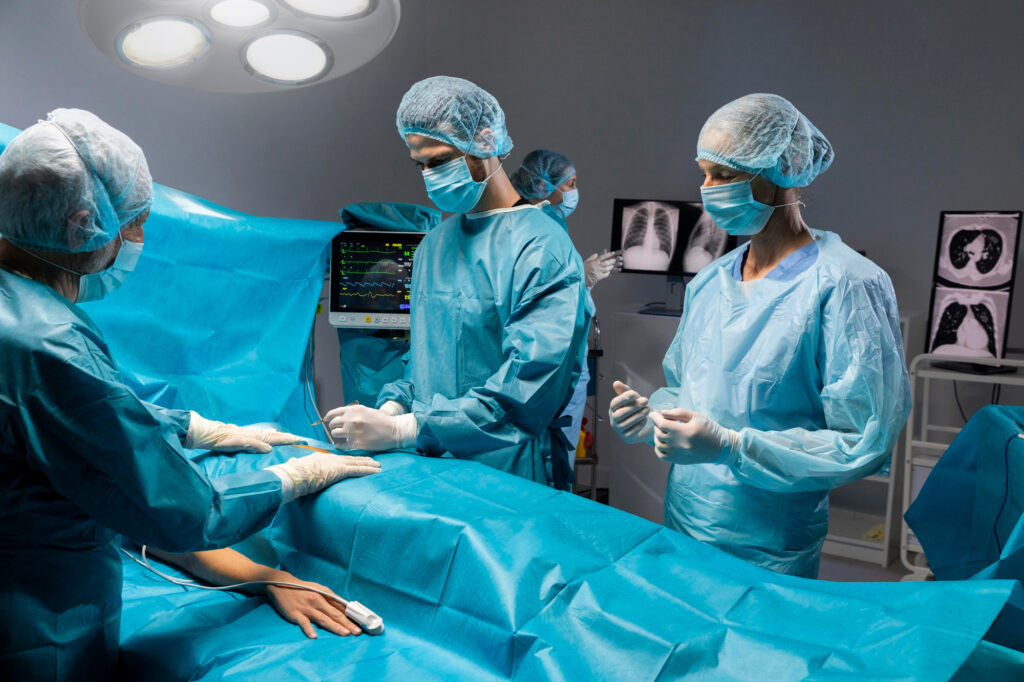Book Appointment:
Kot Alamgir, Opp. New Civil Hospital, Field Ganj, Ludhiana:
Book Appointment:
Kot Alamgir, Opp. New Civil Hospital, Field Ganj, Ludhiana:

Orthopaedic trauma surgery is a specialized medical field that focuses on diagnosing and treating injuries to bones, joints, and soft tissues caused by accidents, falls, or other high-impact events. This surgery plays a vital role in restoring mobility, alignment, and function, ensuring long-term recovery and quality of life.
Traumatic injuries can result in fractures, dislocations, or soft tissue damage, which may lead to complications if not treated promptly and effectively. Orthopaedic trauma surgery addresses these injuries, promoting proper healing and preventing long-term issues like chronic pain or deformities.
Orthopaedic trauma surgery is a crucial step in recovering from severe injuries. With expert care and a dedicated rehabilitation plan, patients can confidently rebuild their strength and return to normal activities.
Orthopaedic trauma surgery specializes in treating fractures, joint dislocations, and complex musculoskeletal injuries caused by accidents or impacts. Using advanced surgical techniques, it restores proper alignment, function, and mobility. This procedure is essential for preventing long-term complications and ensuring optimal healing. Patients receive personalized care and rehabilitation plans to regain strength, reduce recovery time, and return to their daily activities. Trust expert surgeons to help you rebuild and recover.


Call Now for Expert Bone & Joint Care with Dr. Gagandeep!
90411 97971
Orthopaedic trauma surgery focuses on treating severe injuries to bones, joints, and soft tissues caused by accidents, falls, or other high-impact events.
Patients with fractures, dislocations, or severe musculoskeletal injuries that cannot heal properly without surgical intervention may require this procedure.
Common injuries include broken bones, joint dislocations, ligament tears, and complex fractures in areas like the pelvis or long bones.
Surgeons use plates, screws, rods, or pins to stabilize and align the broken bone, ensuring proper healing and function.
Recovery varies depending on the injury’s severity, but most patients begin physical therapy within weeks and regain full mobility within months.
Pain is managed with anesthesia during the procedure and medications afterward. Rehabilitation is designed to minimize discomfort while promoting healing.
Potential risks include infection, blood clots, improper bone healing, or implant complications, though these are minimized with skilled care.
Yes, physical therapy is essential for regaining strength, flexibility, and mobility following surgery.
Yes, we use the latest medical technologies and equipment to ensure accurate diagnoses and the most effective treatments.
Preparation involves a medical evaluation, stopping certain medications, arranging transportation, and setting up a comfortable recovery space at home.
Dr. Gagandeep Hospital is dedicated to providing top-notch medical care
Dr Gagandeep Hospital, Field Ganj Rd, opp. Civil hospital, Field Gunj, Ludhiana, Punjab 141008